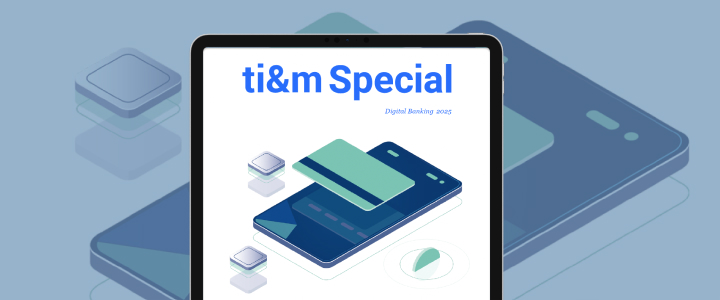In an age where digital threats are as dynamic as the technologies that combat them, the Security Operations Center (SOC) is the first line of defense against cyber attacks. The SOC is more than just a monitoring center; it is the strategic nerve center for security intelligence and response. With the help of security information and event management (SIEM) systems, these teams can aggregate a wide range of security data from various sources, giving them a 360-degree view of potential threats.
From a reactive to a proactive approach
These critical security functions have under gone enormous change in the last decade. While SOC/SIEM specialists once focused primarily on detecting and reporting security breaches, the emphasis has now shifted to a proactive and preventative approach. Technologies such as machine learning and Infrastructure as Code (IaC) have come to the fore and are placing new demands on job profiles. This technological revolution means that today’s security experts need more than just comprehensive IT security skills; they also need to be able to understand and adapt complex algorithms, develop their own security tools and design infrastructures that automatically adapt to the ever-changing threat landscape.
How automation is changing the nature of the SOC
Using IaC to automate security measures makes it possible to define security settings and policies as code, which speeds up the implementation of security standards and incident responses. This development changes the nature of the SOC by combining responsiveness with precision and creates a need for skilled workers who are just as confident at programming as they are at security analysis.
SOAR intermeshes security, development and operation
With the ongoing integration of SOAR (Security Orchestration, Automation and Response), incident response processes can be further optimized. Designing playbooks that define automated workflows for common threat scenarios requires a deeper understanding of the entire cyber attack lifecycle. At the same time, the DevSecOps approach requires even closer intermeshing of security, development and operation, which means that security experts are more and more involved in development processes. Looking to the future, we can expect a further increase in the use of AI in the SOC/SIEM environment. AIalgorithms that can learn from data and act independently will radically change the way security alerts are analyzed and handled. They enable the rapid identification of complex attack patterns and ensure an adaptive response to the constantly changing tactics of attackers. But it’s not just about defense — attackers are also upgrading their set-ups and using AI to orchestrate sophisticated cyber attacks. This is leading to an arms race in the cyber world, meaning that security experts must constantly adapt their strategies and develop their skills to keep pace.
Further training for security teams — a critical success factor
To be successful in this highly dynamic environment, companies need to invest in further training for their security teams, especially in the areas of AI and machine learning. This will equip these experts not only to act in response to security incidents, but also to develop preventative measures that can anticipate new attack vectors. CI/CD pipelines (Continuous Integration/Continuous Deployment) and automating processes help to increase quality and efficiency, and speed up responsiveness. It is important to use open and flexible SIEM systems that offer scope for customization and extensions, as is the case with open source solutions such as Elastic.
The new generation of SOC/SIEM specialists must therefore have a wide range of skills and knowledge. From programming and system administration, to data analysis and science, to the ethical use of technology — all of these are now key components of effective security work. Armed with this knowledge, security teams can not only respond to threats, but also anticipate them and take preventative action to ensure the security and resilience of their organization in an unsafe digital world.



